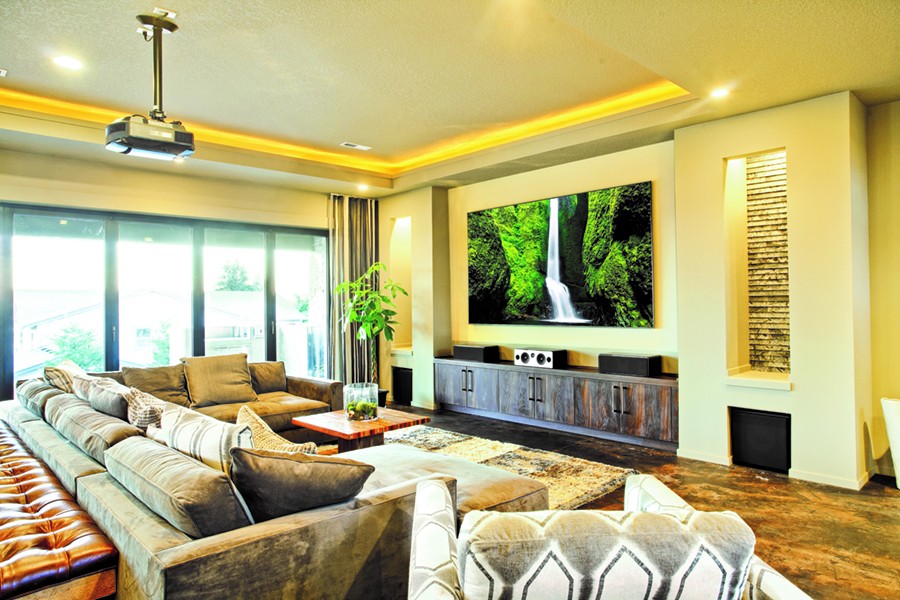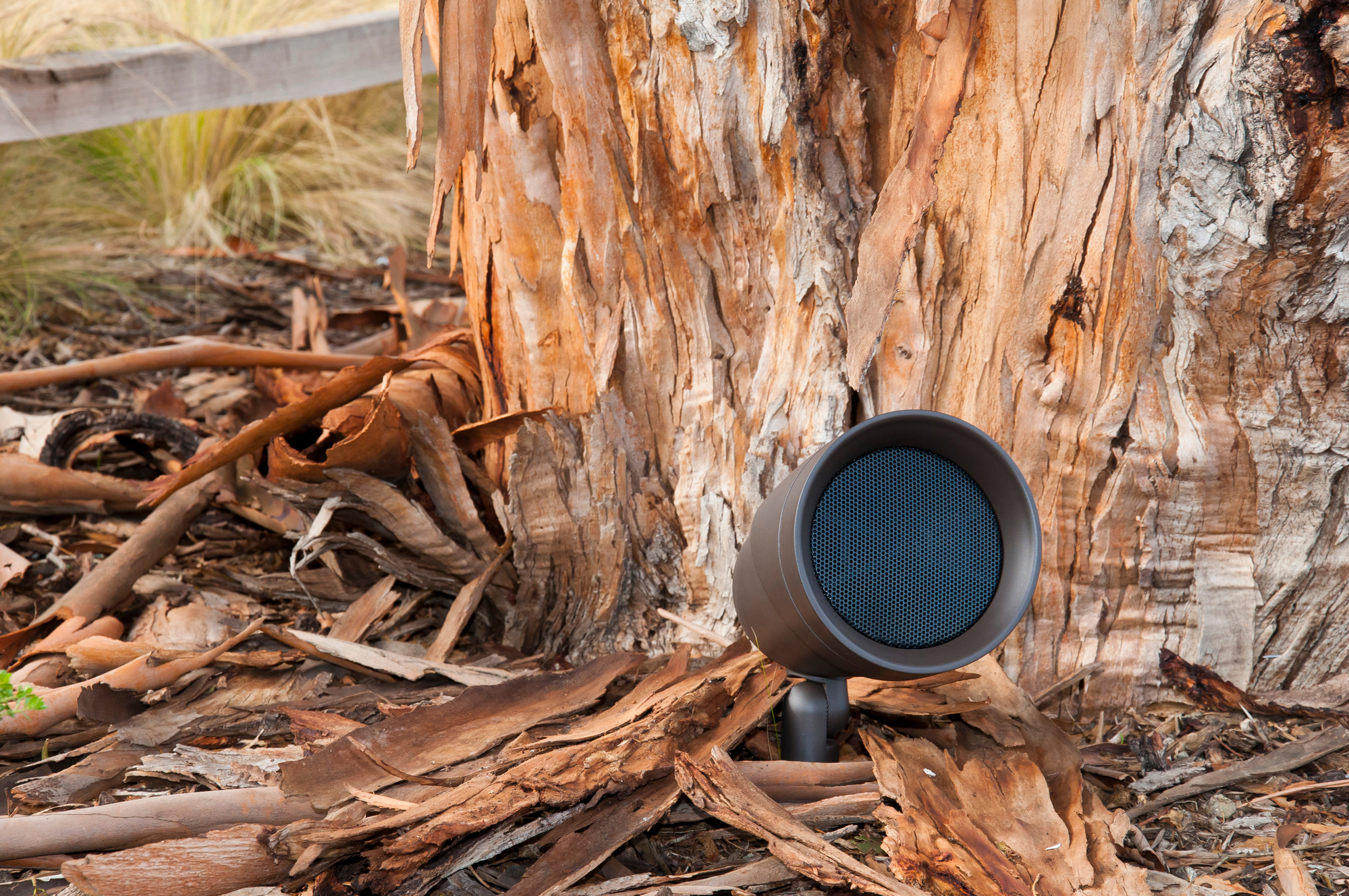Imagine how great it would be to listen to your favorite music anywhere in your Houston, TX home at the touch of a button. With a whole home audio solution that centralizes control of your music, you can take it with you anywhere you go. But sound systems aren't one-size-fits-all. In this blog, we'll focus specifically on which types of speakers would work best for your system, depending on where and how you're using it.
SEE MORE: How to Build a Whole-House Audio System
In-Ceiling Speakers
Whether you're cooking or hosting a party, you can liven up the atmosphere with the right playlist. In these cases, in-ceiling speakers are the best option. They blend in with your décor, so you can install multiple ones to get evenly distributed sound. Most in-ceiling speakers also use wide-dispersion technology, so sound waves don’t go out in one specific direction. This way, if you walk past a ceiling speaker, you won’t notice you’re standing directly under it. In-ceiling speakers can also be useful in surround sound settings. In Dolby Atmos-enabled setups, you need a couple speakers above the viewer to get truly immersive, three-dimensional sound.
In-Wall Speakers



